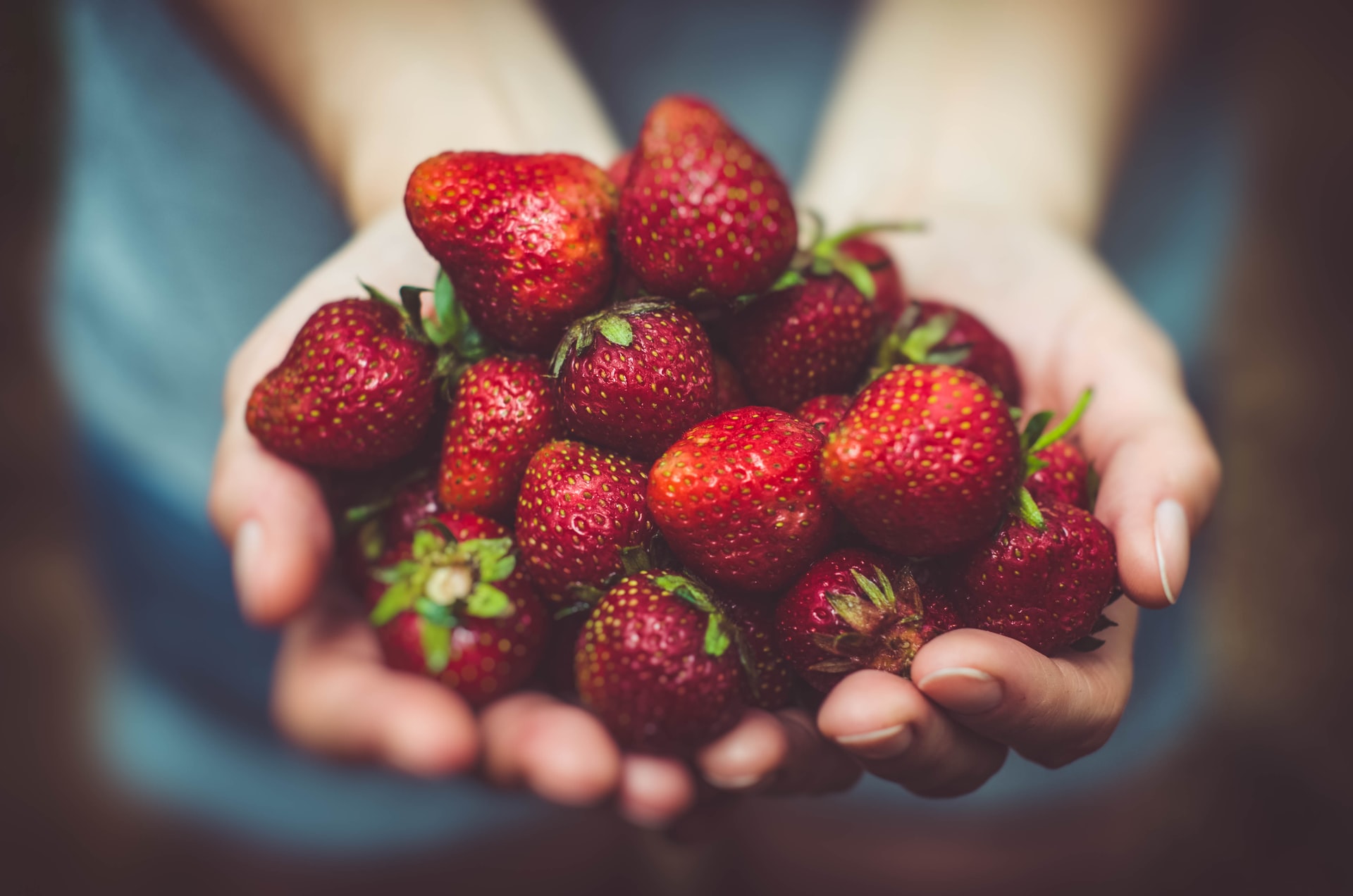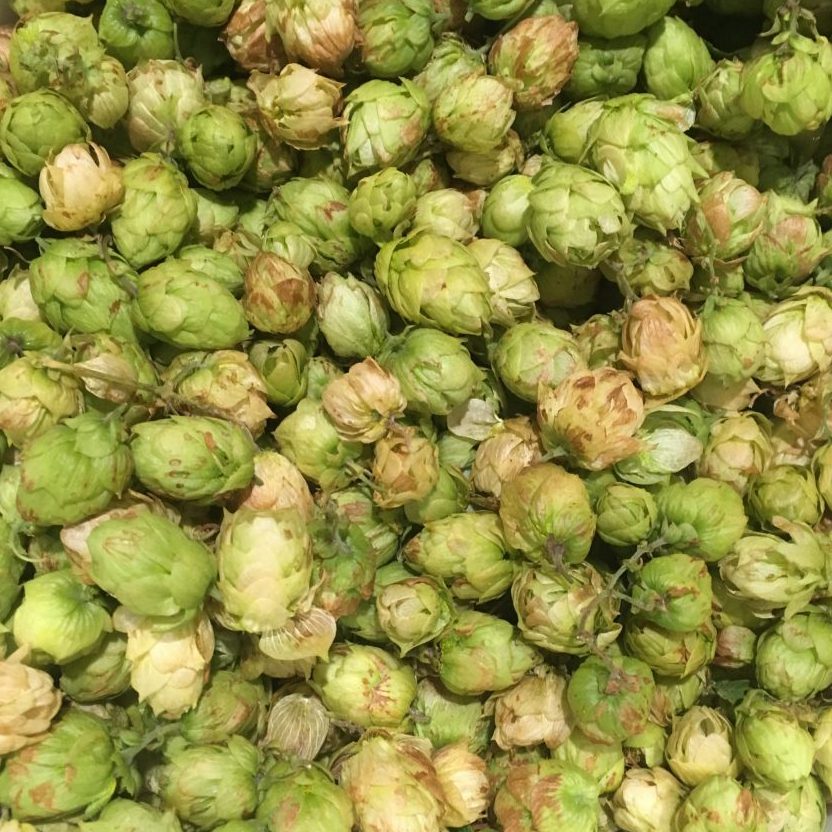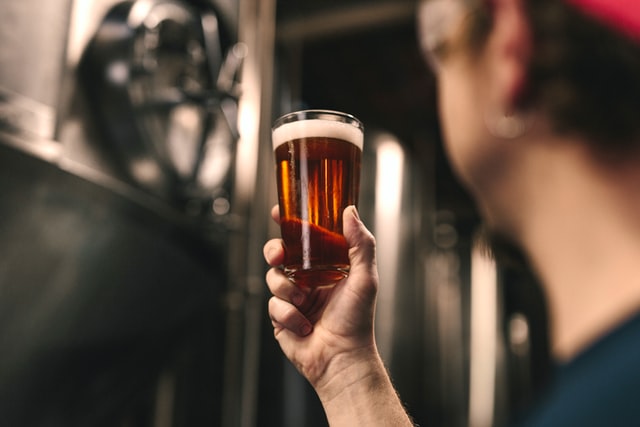with Anthony “Ziggo” Zigenbine
Sour beers have been around since beer was invented, and this new trend of fruited sours is just their latest incarnation. You can impress your friends by telling them that they’re often known as Catharina Sours, as brewers in the Santa Catherina region of Brazil were the first to popularise the style. The Catherina Sour is a riff on the traditional German Berliner Weisse style, and both are made using a kettle souring technique.
Kettle sours are way easier to make than you think, and allow you to get most of the benefits of having sours, without risk of infecting your entire brewery. The basic idea for kettle sours is to make your wort as normal, and sour it with some Lactobacillus. When it is at the right level of sourness, you simply boil and ferment it as normal with a clean yeast. They are a fantastic drink to have on tap over summer, but really, you can enjoy them at anytime of the year. Try making one with the latest in-season fruit that nobody can pronounce properly.
Personally I’ve found this recipe on BYO for a (Catharina Sour) a great guide to follow and used in the past with great success but with a few variations on the fruit and souring detailed below.
Needlebrau (Strawberry Catharina Sour)
(19 L, all-grain)
OG = 1.047
FG = 1.008
IBU = 9
ABV = 5.2%
Ingredients
2.7 kg Gladfield Pilsner malt
1.6 kg Gladfield Wheat malt
7g 12% AA Magnum hops @ 30 min
4kg fresh strawberries (chopped, frozen, then thawed)
6 IBS tablets (Lactobacillus plantarum)
SafAle US-05 x 2 packets
Step by Step
- Adjust brewing water with lactic acid, calcium sulphate, and calcium chloride to achieve a mash pH of 5.3 with 70ppm of calcium and a sulphate:chloride ratio of 1:1
- Mash as per usual, I suggest mashing at 67 °C for 70 minutes, and mash out at 76 °C for 10 minutes
- You should collect 24.5 L of wort
- Boil the wort for 10 minutes to sanitise without hops, then chill to 38°C
- Pre-acidify with lactic acid to a pH of 4.5. This prevents the growth of bacteria before the Lactobacillus can do its work.
- Pitch the Lactobacillus tablets by opening the capsules and emptying the contents directly into the boil kettle with the wort. Seal the boil kettle using plastic wrap and purge with CO2 (optional).
- Keep the wort warm for as long as you possible until the target pH is hit. You can test this with a meter, or more meaningfully with your tongue. This could take 24-48 hours.
- Perform a second boil for 70 minutes, adding the hops with 30 minutes remaining. This will kill off the sour bugs in the process.
- Chill the wort to 18 °C, pitch the yeast
- Add the thawed strawberries once gravity reaches 1.014, directly into the fermenter and allow fermentation to finish. Note that the freezing and thawing process macerates the berries and helps them mix with your beer.
- You might like to bag the fruit, or use an inline bouncer filter to try and filter out the seeds and smaller fruit chunks while racking the beer.
- This style of beer is best drunk fresh, so kegging is probably the best method for this style.
Grandfather tips:
- Grandfather users seal up the unit for souring by putting a layer of glad wrap, purging, then placing the Grainfather lid back on to seal it up.
- Another tip for Grainfather users, if you remove the ball from the valve on the side of the Grainfather pump return, you can flush CO2 back into the beer or take samples without needing to remove the plastic wrap seal. Purge with CO2 periodically as well. Keep the temperature at 38°C using an electric heater or leaving the Grainfather on the desired temperature for 36 hours or until the pH reaches 3.5.
Cube tips:
- Souring can also be conducted in a cube, just cube as you normally would and allow to cool till it is at about body temperature. You may need to adjust your volumes so that your wort fits in the cube. Simply inoculate with Lactobacillus through the top cap, and reseal. Wrapping the cube in a warm blanket is usually sufficient. Sleep with it if you’re really keen.
Alternative sources of Lactobacillus:
- There are all kinds of sources of Lactobacillus bacteria, they are even present on grains themselves, but that’s a story for another time. You can use yoghurt, yakult, sourdough culture, or pure commercial strains from the LHBS. See Milk The Funk Wiki for more information on quick sourcing methods and sources of Lactobacillus.
“Fresh Strawberries” Photo by Artur Rutkowski on Unsplash








